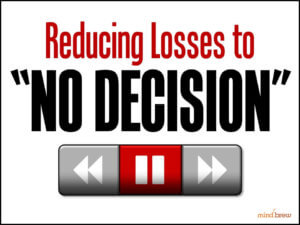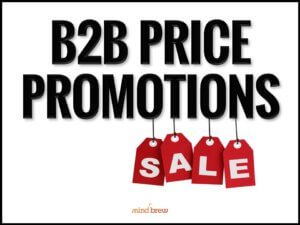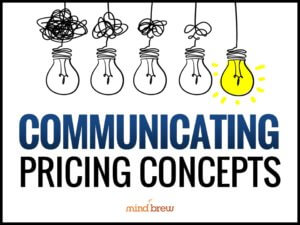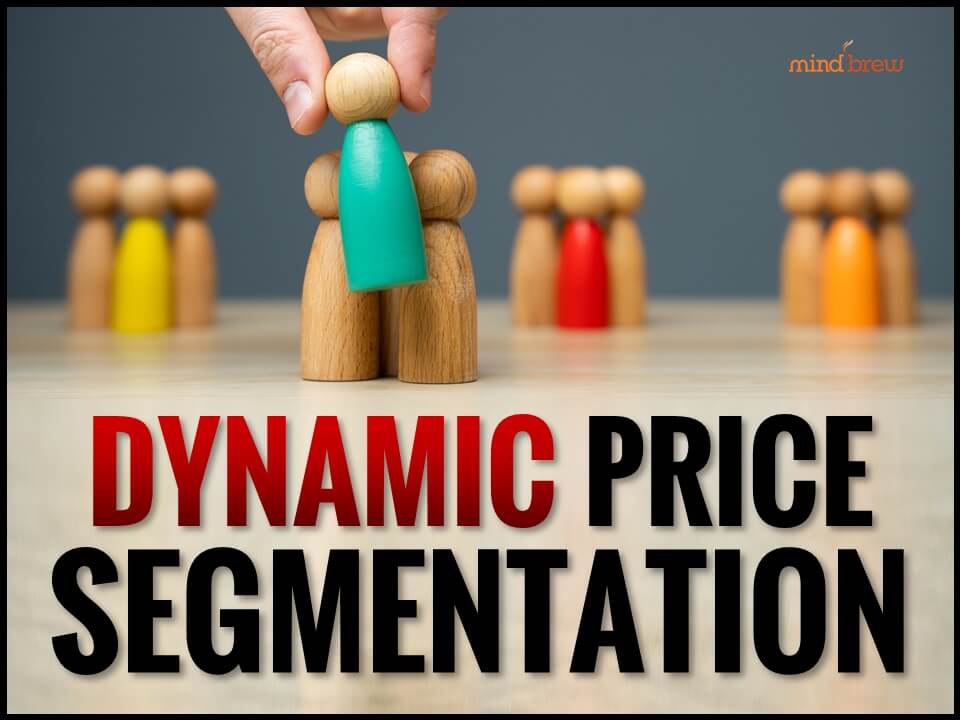Along certain stretches of the U.S. interstate highway system, you’ll see signs for a “speedometer check zone.” The idea is that you drive a steady speed from the first checkpoint to the second while timing yourself with a watch. At the end, you’ll probably see another sign explaining how much time it should have taken at different speeds, or you might have to do a little math to figure out for yourself if your speedometer was accurate (or not).
In an era when most of our cars have built in GPS and multiple displays telling us how fast we’re driving, these speedometer check zones might seem like a relic of a bygone time.
But the truth is, it’s actually much more common than people realize for their speedometers to be off a bit.
In some cases, you might have a glitch in one of the sensors in your vehicle caused by a bit of bad wiring or even some debris lodged in the electrical system. It’s also possible that one of the computers in your car has an algorithm for calculating speed that’s just a bit buggy. And most commonly of all, if you’ve changed the size of your wheels or your tires, the speedometer might be calculating distance incorrectly.
There’s an obvious parallel to pricing here.
Most companies coast along using the pricing analysis and metrics they’re used to, calculated in exactly the same way for years. They never think to perform a “speed check” to make sure those metrics are still correctly measuring what they were intended to measure. And just like with a speedometer, it’s really not uncommon for pricing data to indicate something that isn’t quite true.
- If the sales team is complaining that they’re not selling at target prices, it’s easy to assume they’re doing a bad job. Or conversely, if they’re selling at those target prices much more easily, you might think they’re rock stars. But before you start doling out praise or blame, maybe it’s a good time to go back and look at the actual target prices and the underlying segmentation.
- Most of the time in pricing, we report aggregate data up to management–and often that aggregate data will focus on averages. But those averages can often hide the truth of what’s really going on. A statement like, “On average, prices were up 10% last quarter” can sound compelling. But it doesn’t shed any light on why–or even if that’s a good thing. After all, “Margin fell by 7% last quarter” could be true even if prices were up.
- If you’re measuring pricing performance by the company’s bottom line performance (like many teams seem to do), you’re likely doing yourself a disservice. There are many factors to a company’s performance outside of pricing’s control. Maybe a competitor has cut prices so low that they’ll soon be out of business. Maybe the economy is going great but you’re leaving big money on the table. You can’t use these big picture financial metrics to tell you how good your prices are–or how good the pricing team is.
We have a lot more to say about the potential hazards of trusting your analysis and metrics too much in the The Pricing Analysis Manifesto. You might also want to check out The Fundamentals of Effective Pricing Analysis and Proving the Value of Pricing.
And while you’re at it, it’s not a bad idea to time your car between a couple of mile markers. Maybe all those other drivers you’ve been getting irritated at aren’t going as slow as you think they are.















